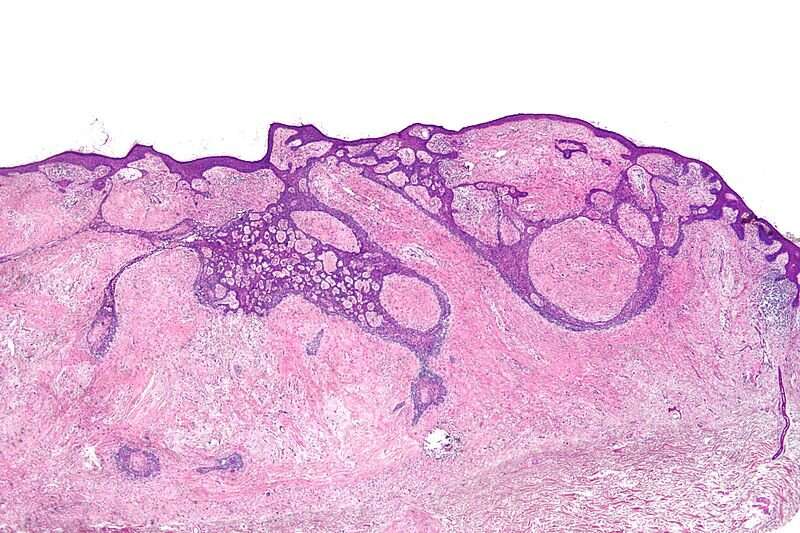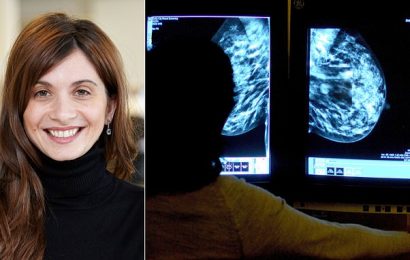
A new prototype photodynamic therapy (PDT) device that can be used at home significantly reduces pain levels during treatment of basal cell carcinoma (BCC), while achieving efficacy comparable with a hospital stay. These findings come from a breakthrough pilot study, presented today at the 30th EADV Congress.
The efficacy of PDT, a treatment that involves light-sensitive medicine and a light source to destroy abnormal cancer cells, for low-risk BCC has been proven through multiple studies. However, a need to reduce the pain experienced during treatment and the long hospital stay prompted the development of a new device, even before the COVID-19 pandemic. Standard PDT treatment consists of two sessions performed within a hospital environment that usually requires a 1.5–2 hour wait with a one-week interval.
Ana Gabriela Salvio, lead author of the study commented: “The importance of a portable PDT device is crucial in its country of origin, Brazil, where many patients need to travel more than 300km to receive specialized dermatological treatment. However, the global pandemic accelerated the need to develop this at-home treatment element, which has the potential to impact the treatment of BCC internationally.”
15 BCC patients took part in the pilot study at Amaral Carvalho Hospital together with Sao Carlos Institute of Physics, in Sao Paulo State, Brazil. The first PDT session was performed at the hospital where a 20% methyl aminolevulinate cream was applied to the BCC lesion, which was then illuminated for 20 minutes with a commercial red light LED device.
Immediately after the first illumination, a light layer of cream was applied and the new portable irradiation device—the size of a coin—was fixed to the skin using medical adhesive tape. The patient was then sent home and advised to turn on the illumination after 1.5 hours and turn it off after two hours.
Pain was assessed every three minutes during the hospital PDT treatment session and self-reported every 20 minutes during home treatment on a numerical scale from 0 to 10. The median score values were compared between hospital and home treatments.
According to histological analysis, the clearance at 30 days after PDT was 86.67%, which is similar to standard PDT treatment, and the pain score was significantly lower for the PDT treatment performed at home [self-reported by the patients as a 1 for the first three measures and a 0 for the four that followed], as compared to 3–4 for the hospital treatment, suggesting that a more comfortable treatment with less pain is possible.
“Our study results could have a hugely positive impact on the treatment of basal cell carcinoma in Brazil and the rest of the world,” says Ana Gabriela Salvio, “Patients reporting much lower levels of pain from the at-home treatment is really encouraging, especially because it doesn’t come at the cost of efficacy.”
Following the success of the pilot study, a clinical trial with more than 200 participants has been approved. The new portable irradiation device is also in the process of being patented.
Source: Read Full Article


